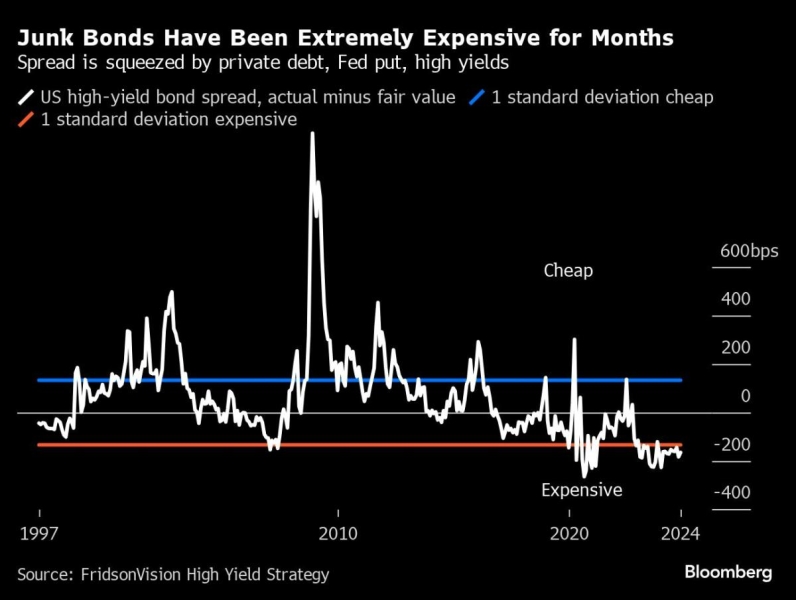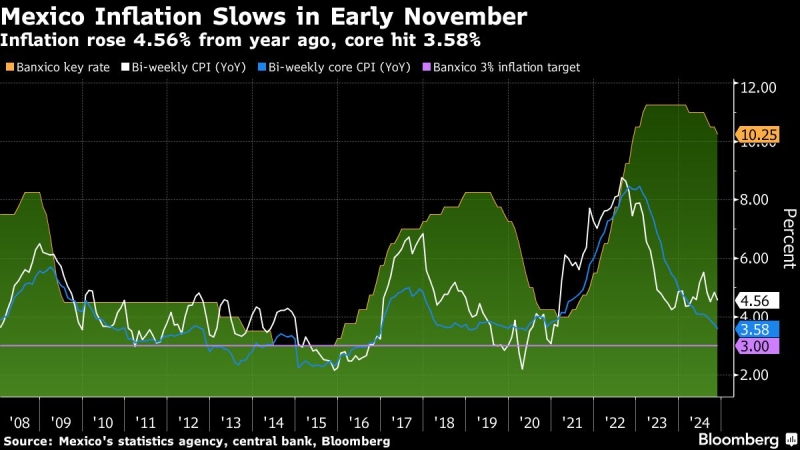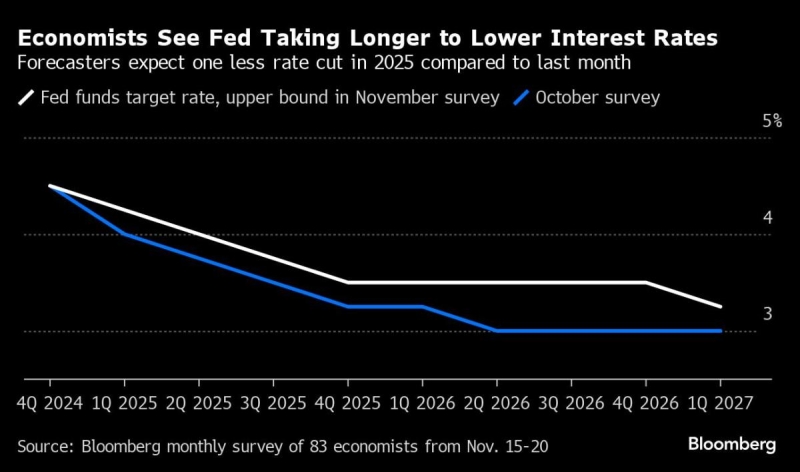
How much could you pay to keep a declining loved one at home?
That's the heart-rending calculation my stepmother-in-law faced earlier this year when she wanted to bring home her husband, my father-in-law, after he suffered a debilitating heart attack in December. Because Medicare doesn't cover long-term care, any money going to home health aides had to come out of her savings.
The median cost of in-home care is $30 per hour in the US, according to A Place for Mom, a senior living referral service, which works out to over $20,000 a year for just two-hour visits every day.
But two hours a day is often not enough. My stepmother-in-law started out with an aide coming in just two days a week for four hours and she, a retired hospice nurse, took up the rest. But with an elderly mother also at home, she needed more help and eventually increased the days and hours for an aide, shelling out close to what would have totaled $4,000 a month before my father-in-law passed away in March.
Vice President Kamala Harris's new proposal this week to have Medicare cover at-home care would have changed that calculus. It would have spared my stepmother-in-law some of the financial worry by paying for some — possibly all — out-of-pocket costs for enough professional help during what was the worst time of her life.
“It’s about dignity for that individual," Harris, the Democratic presidential candidate, said when outlining her plan that would cover the costs of home health aides on a sliding scale based on income. (She would use savings from her proposed expansion of Medicare drug price negotiations to pay for this service.)
"It’s about independence for that individual."
“It’s about dignity.” (Photo: Getty Creative) (Shestock via Getty Images)
'A much, much bigger issue'
More and more people are going to need this kind of help.
The number of aging adults requiring some kind of care is only going to swell as the oldest of boomers, once the largest generation, near 80. My father-in-law was on the leading edge, born in 1947, one year after the start of the baby boom generation.
About 70% of people end up needing some sort of care as they age, said Dr. Carolyn McClanahan, founder of Life Planning Partners Inc. Their needs often progress from help with meal prep and housework in the beginning to more thorough care like bathing, and eating as they advance in age.
"Long-term care needs really start spiking in your 80s," McClanahan told me. "So long-term care is going to become a much, much bigger issue because the baby boomers are getting old quickly."
It often jars families when they find out that Medicare — the federally run healthcare program that covers 67.5 million seniors and individuals with disabilities — does not cover most long-term care, whether it's in a nursing home or at home. (It does cover short-term, rehabilitative care after an injury or illness.)
Only Medicaid, the federal program designed to provide low-income people medical coverage, provides this long-term care. To be eligible, you must have almost no assets to your name.
The other way to avoid paying out of pocket for this care is to purchase pricey long-term care insurance, which only a fraction of people have bought. According to KKF, just 11% of adults and 14% of those 65 and older reported having a private long-term care insurance policy.
Even that is no panacea.
"I've been doing this for 20 years and it is a pain to work with long-term care insurance companies," McClanahan said. "Because they definitely make you jump through hoops to get your benefit."
The toll of caregiving
Nearly 80% of caregivers routinely pay for care expenses, spending $7,242 on average each year, according to AARP. (Photo: Getty Creative) (kali9 via Getty Images)
So what often happens when a loved one needs lasting care — and the family can't afford to pay for it all— is a spouse, sibling, or adult child steps up and provides some of it themselves.
There are an estimated 48 million family caregivers for adults in the US, according to AARP, and 61% of them are juggling work responsibilities as well. Most put in at least 20 hours of care each week, AARP found, helping with daily activities, performing nursing tasks, coordinating services, providing transportation, shopping, or advocating for their loved one.
The financial and emotional tolls are immense.
Nearly 80% of caregivers routinely pay for care expenses, spending $7,242 on average each year, according to AARP. Women over 50 who leave their jobs to become a caregiver can lose more than $300,000 in wages and retirement income over their lifetime.
And caregiver burnout is real. Per AARP, 56% of caregivers said the role made it hard to care for their own mental health, while 23% reported the same about their physical health.
Having paid help can provide much-needed breaks. Just ask my stepmother-in-law.
"I’ve been able to do some catch-up things, getting my car serviced, going to a new store near us and stocking up on snacks," she emailed the family shortly after an aide visited.
Sadly, less than four months after his heart attack, my father-in-law passed away at home in my stepmother-in-law's arms. A healthcare aide was by her side too.
Having that time with her husband in their home was "a gift from God," my stepmother-in-law wrote in a remembrance shared at my father-in-law's celebration of life.
"We spent nearly every minute together, playing games, doing puzzles, holding hands while we watched basketball…Those five weeks were a healing gift for us both."
Harris's proposal would help more families afford — and enjoy — that same gift.
Janna Herron is a Senior Columnist at Yahoo Finance. Follow her on X @JannaHerron.





